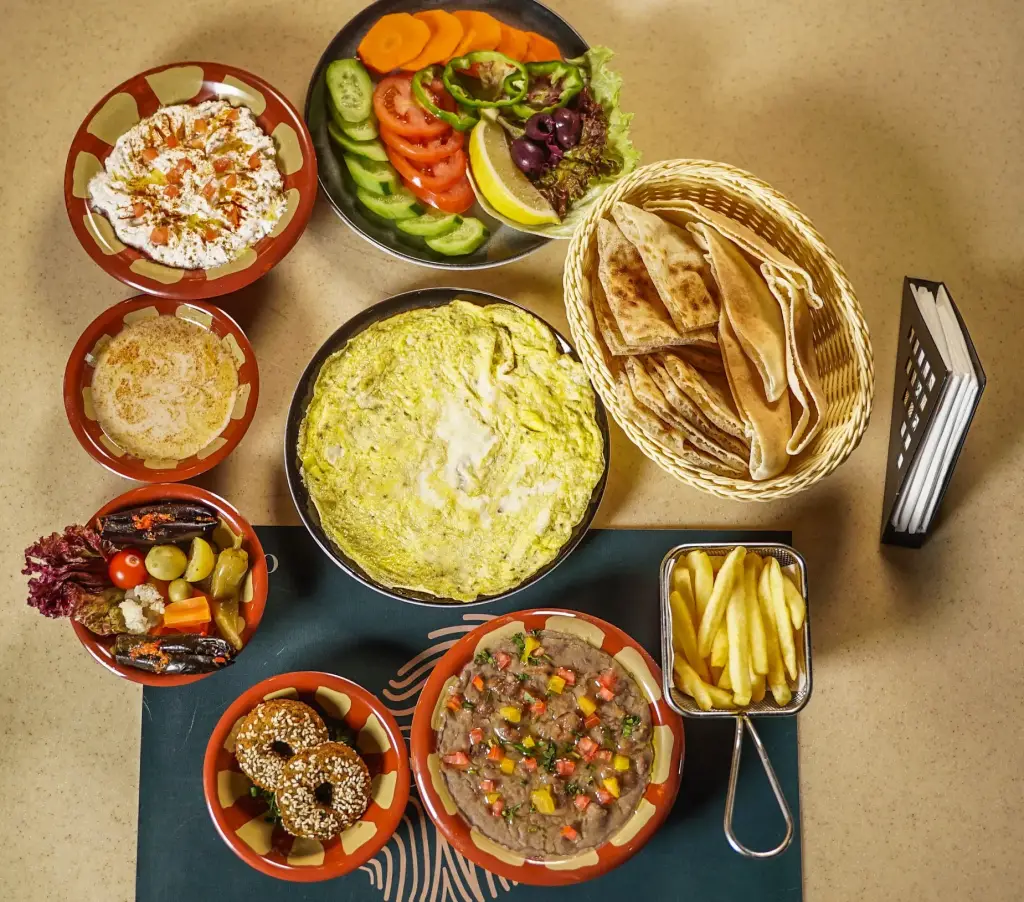The history of restaurants in Giza and Cairo is a fascinating journey that mirrors Egypt’s cultural and social evolution. From ancient communal meals and traditional coffeehouses to today’s fine dining venues, the story of dining in these cities reflects both heritage and modern sophistication. Cairo and Giza, as historic and cultural hubs, have always been places where food brought people together. Today, restaurants such as Aaspero carry this legacy forward by combining tradition with innovation, offering experiences that honor the past while embracing the future.
Ancient Roots of Egyptian Dining
Communal Meals in Ancient Egypt
Thousands of years ago, Egyptians placed great importance on food. Bread, beer, vegetables, and fish formed the foundation of daily life. Dining was often communal, reflecting values of sharing and togetherness.
Religious and Festive Feasts
Food played a key role in religious ceremonies and festivals. Large gatherings highlighted abundance, a theme that continues in modern Egyptian hospitality.
Early Concepts of Dining Spaces
While not restaurants in the modern sense, communal kitchens and markets allowed people to access prepared food outside their homes.

Medieval Cairo and Giza: Coffeehouses and Bazaars
The Rise of Coffeehouses
By the 15th century, Cairo was home to thriving coffeehouses that became social and cultural centers. These establishments were for conversation, music, and debate, shaping the city’s dining and leisure culture.
Food Stalls and Markets
Street vendors and market stalls offered prepared foods such as ful medames and bread. This practice of accessible, affordable food laid the foundation for Cairo’s famous street food culture.
Social Importance
These spaces brought together people from different backgrounds, reinforcing the role of food as a unifying force in Egyptian society.
The Modernization of Dining in the 19th and 20th Centuries
European Influence
During the 19th century, European cafés and restaurants began opening in Cairo and Giza. French and Italian cuisines introduced new dining styles, menus, and service standards.
Luxury Hotels
Landmark hotels such as Shepheard’s in Cairo became symbols of elegance, attracting diplomats, royals, and travelers. These venues introduced the fine dining concept to Egypt.
The Golden Age of Cairo
In the mid-20th century, Cairo thrived as a cosmopolitan hub. Nightclubs and upscale restaurants offered international cuisine, music, and entertainment, blending Egyptian culture with global trends.
Street Food and Everyday Dining
Ful and Taameya Culture
Ful medames and taameya became staples of Egyptian daily dining, sold on every corner. Giza and Cairo embraced these foods as symbols of national identity.
Affordable and Accessible
Street food was, and remains, vital for working-class Egyptians, providing quick, affordable, and flavorful meals.
Influence on Modern Restaurants
Today’s restaurants often elevate street food into gourmet dishes, proving its lasting influence.
The Rise of Fine Dining in Cairo and Giza
International Standards
As Egypt opened to global markets, fine dining venues began offering French, Italian, Asian, and fusion cuisines alongside Egyptian classics.
Ambiance and Experience
Fine dining became about more than food – ambiance, décor, and service became central to the experience. Restaurants like Aaspero demonstrate how modern venues blend international elegance with local authenticity.
Culinary Tourism
Tourists visiting Cairo and Giza often seek not only monuments but also culinary experiences, making fine dining an important part of the hospitality industry.
The Role of Family Restaurants
Preserving Tradition
Many family-run restaurants in Cairo and Giza maintain traditional recipes passed down for generations, preserving Egypt’s culinary heritage.
Community Spaces
These restaurants serve as gathering places for locals, reinforcing the communal spirit of Egyptian dining.
Balancing Old and New
Some family restaurants have adapted by offering modern interpretations of classic dishes, appealing to younger diners while staying true to tradition.
Challenges in the Restaurant Industry
Economic Pressures
Fluctuating ingredient costs and changing economic conditions challenge both small eateries and luxury venues.
Competition
With the rise of international brands and fast-food chains, local restaurants must work harder to stand out.
Changing Lifestyles
Modern life in Cairo and Giza is fast-paced, pushing restaurants to adapt with delivery services, digital menus, and quicker options.

The Future of Restaurants in Cairo and Giza
Innovation and Fusion
The future lies in creativity – combining Egyptian heritage with global influences to attract locals and tourists alike.
Technology in Dining
Online reservations, delivery apps, and digital payments are shaping the next chapter of the restaurant industry.
Sustainability
Eco-friendly practices, farm-to-table concepts, and reduced food waste are becoming more important for modern diners. Restaurants like Aaspero are leading by example, incorporating sustainability into their dining philosophy.
Finally
The history of restaurants in Giza and Cairo reflects a journey from ancient communal meals to today’s luxurious fine dining experiences. Coffeehouses, street vendors, and family-run eateries laid the groundwork for the vibrant dining culture we see now. Venues like Aaspero showcase how modern restaurants continue this legacy, blending tradition with innovation. In Cairo and Giza, dining has always been about more than food – it is about culture, hospitality, and the shared joy of coming together around the table.
